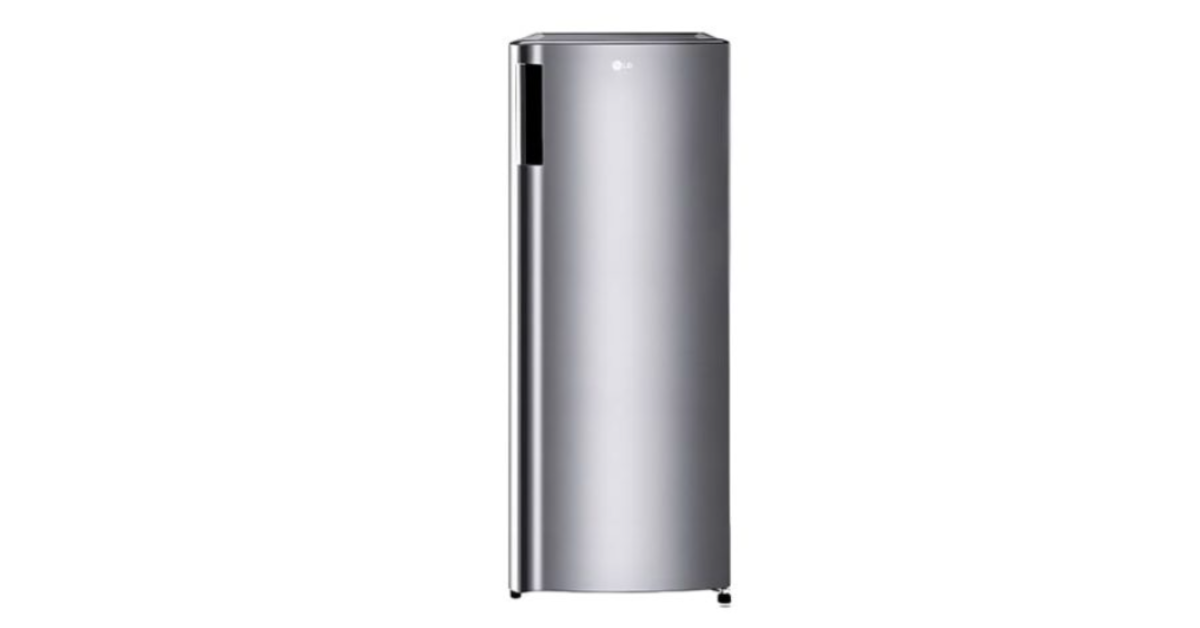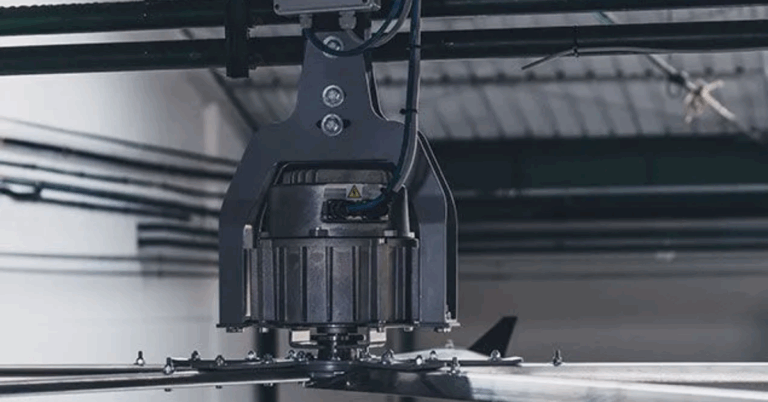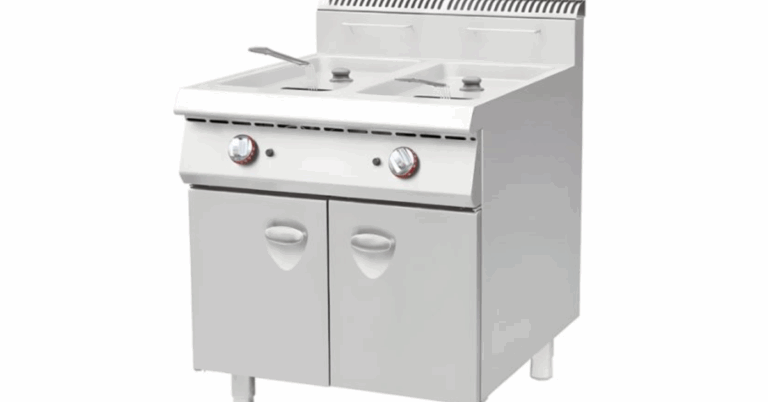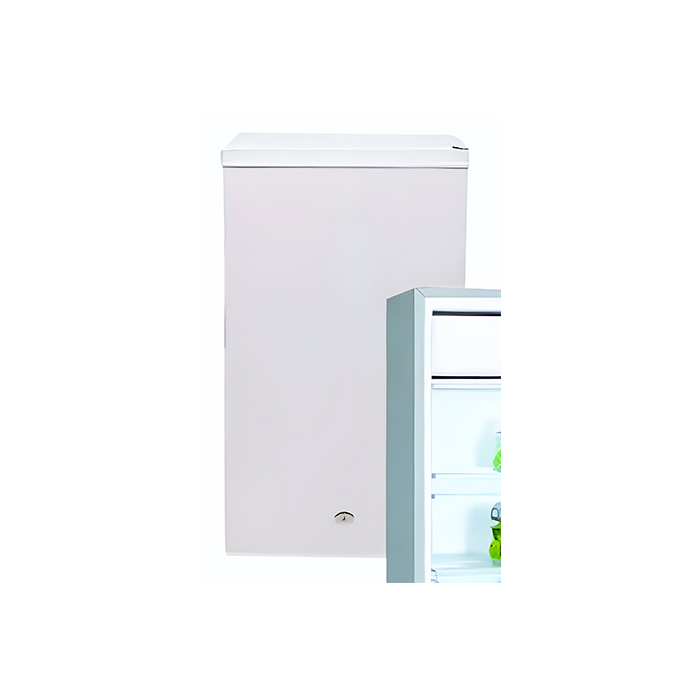The Role and Importance of a Cruise Freezer 204L in Marine Operations
In modern cruise ship operations, maintaining food safety, inventory efficiency, and energy sustainability is a complex balancing act. A pivotal piece of equipment in this ecosystem is the Cruise Freezer 204L, a compact yet powerful upright freezer designed specifically for the marine environment. This freezer typically offers 204 liters of storage capacity, smart inverter compression, manual defrosting, and shelving optimized for seafaring conditions. Because of its design, durability, and operational features, it is extremely well-suited for use on cruise ships, yachts, and marine vessels where space is constrained, power is precious, and reliability is non-negotiable.
In this article, we explore how a Cruise Freezer 204L fits into the operational life of a cruise ship, what features make it especially useful in maritime environments, how to integrate it with a ship’s galley and cold chain systems, and tips for maintenance and energy optimization.
1. Why a Compact Upright Freezer Matters on Cruise Ships
1.1 Space constraints and modular design
Cruise ships carry thousands of passengers and crew, but real estate is limited. Every cubic meter onboard is accounted for. A 204L upright freezer offers a compromise between capacity and footprint: it can be tucked into galleys, pantries, or storerooms without crowding other critical systems.
1.2 Cold chain continuity
Even small temperature fluctuations can spoil perishables when operating at sea for days or weeks. The Cruise Freezer 204L is part of the ship’s cold chain — bridging bulk freezers, cold rooms, and point-of-use storage. It enables chefs and stewards to retrieve frozen ingredients closer to the point of cooking, thus reducing handling and preserving quality.
1.3 Reliability in harsh environments
Marine environments subject equipment to salt spray, vibration, humidity, and variable temperatures. The design of a marine-grade upright freezer must withstand these stresses. The Cruise Freezer 204L is typically built with corrosion-resistant housing, vibration-mitigating mounts, and robust cooling systems that can cope with the ship’s motion and ambient heat loads.
1.4 Energy efficiency and operational cost
Cruise ships consume enormous amounts of energy. Every watt saved counts not only for operating cost but for fuel and emissions. A modern 204L marine freezer often incorporates a smart inverter compressor, which adjusts its cooling load dynamically and reduces power draw during low demand periods, hence smoothing load cycles and lowering energy use.
2. Key Features of the Cruise Freezer 204L
To justify its place onboard, the Cruise Freezer 204L comes with a number of thoughtful features:
2.1 Smart inverter compressor
This technology allows the freezer to modulate its cooling power based on internal temperature and ambient conditions, rather than running at full capacity continuously. The result is more stable internal temperatures, lower energy consumption, and reduced wear and tear on components.
2.2 Manual defrosting
While auto-defrost freezers are common on land, the marine environment often favors manual defrosting, to avoid moisture, condensation, or control complexities at sea. Manual defrost gives ship engineers more control over the defrost cycles, especially when ambient humidity or load patterns change.
2.3 Shelving and drawer flexibility
A well-designed Cruise Freezer 204L includes multiple wire shelves (often six) plus a drawer, to accommodate both boxed items and bulkier frozen items. The layout must allow easy access, good air circulation, and minimize cold spots.
2.4 Dimensions and weight
Typical dimensions might be around 530 mm (width) × 1,300 mm (height) × 600 mm (depth), with a weight around 34 kg when empty. Such specifications are compact relative to large cold rooms yet still deliver useful capacity. (These are representative of a marine upright freezer listing.)
2.5 Power specifications
In marine use, power supplies can vary (e.g. 110 V or 220 V, at 50/60 Hz). The 204L marine freezer is often designed to run at 220 V / 60 Hz in certain fleets, or adaptable to shipboard power conversion systems. The engineering must ensure compatibility and stability under shipboard electrical conditions.
3. Applications and Placement Onboard
Where and how the Cruise Freezer 204L is used on a ship influences how effective it becomes. Some of its common applications:
3.1 Galley and kitchen prep area
By placing the 204L freezer close to cooking stations, chefs and stewards can reduce the time and logistic effort in retrieving frozen ingredients. This helps speed up service, reduce temperature fluctuations during transit, and improves workflow.
3.2 Pantry or satellite storerooms
On large ships, satellite pantries service remote decks or dining zones. A 204L freezer here can hold backup frozen goods, ice shell stock, or dessert items closer to guest areas.
3.3 Scientific / medical laboratories
Some cruise ships include onboard laboratories or medical bays. The 204L freezer can function for specimen storage, reagents, or medical supplies if certified appropriately.
3.4 Catering and event support
Cruise ships host banquets, deck parties, and event catering. Mobilizing a 204L freezer near event zones can help stage frozen foods or chilled items ahead of service.
4. Integration with Ship’s Cold Chain and Systems
To get the most out of a Cruise Freezer 204L, it must be seamlessly integrated with the ship’s broader refrigeration and operational systems.
4.1 Pre-cooling and staging
Frozen products arrive in bulk through ship’s main cold rooms or external supplies. Before they are loaded into the 204L unit, pre-cooling or tempering in intermediate zones is advisable to avoid shocking the compressor with a large warm load.
4.2 Remote monitoring and alarms
Since crew may not always be nearby, integrating the freezer into the ship’s monitoring system is vital. Remote sensors for internal temperature, compressor status, defrost cycle status, and alerts for door ajar or power loss should feed into a central alert system.
4.3 Load balancing and electrical planning
Because many refrigeration units operate simultaneously, power loads must balance. The inverter compressor of the 204L helps reduce peak power draw, but careful scheduling (e.g., defrost during low-load periods) ensures the onboard generators and electrical systems remain stable.
4.4 Redundancy and backup protocols
On critical voyages, failures are costly. Ships often keep a spare or auxiliary freezer in readiness. The 204L unit should be positioned so that in case of failure, contents can be transferred quickly to backup systems without losing cold chain.
5. Maintenance, Troubleshooting, and Best Practices
To ensure the Cruise Freezer 204L has long service life and optimal performance, marine technicians must follow strict routines.
5.1 Regular cleaning and defrosting
While manual defrosting is built into its design, it should follow a schedule aligned with humidity, usage, and loading patterns. Excess frost buildup impedes airflow and increases energy use. During defrosting, items should be transferred to temporary cold storage.
5.2 Inspection of gaskets and seals
Door seals must be watertight and air-tight even under ship motion. Gaskets should be cleaned and tested routinely; any cracks, warps or deformation must be replaced immediately to avoid cold leakage.
5.3 Check refrigerant levels
Vibration and thermal cycling may cause slow leaks. Technicians must monitor pressure, check for leaks, and replenish refrigerant as per manufacturer guidelines, observing maritime regulations and safety standards.
5.4 Vibration and mounting checks
Because the vessel is in constant motion, the freezer should be mounted on vibration-dampening feet or mounts. These mounts should be periodically checked for fatigue, corrosion, or loosening.
5.5 Electrical and control diagnostics
The inverter compressor, control board, sensors, wiring harnesses, and connections must be regularly inspected for corrosion, loose terminals, or insulation damage. The control system should be recalibrated if drift in temperature readings occurs.
5.6 Load optimization
Crew training should emphasize not overfilling the freezer, arranging contents to allow good circulation, and avoiding placing large warm loads too frequently. Such habits reduce stress on the compressor and maintain temperature stability.
6. Energy and Operational Efficiency Strategies
Given the scale of energy consumption onboard, optimizing every freezer counts. Here are strategies to enhance efficiency:
6.1 Staggered defrost and low demand scheduling
Defrosting during low-demand electrical periods, or when other heavy equipment is offline, prevents spikes in generator load and reduces susceptibility to voltage fluctuations.
6.2 Thermal buffering
Using insulated containers or cold packs as buffer zones can reduce the direct load on the 204L freezer whenever the door is opened. This reduces “inrush” loads when restocking.
6.3 Door discipline and access planning
Minimizing door openings and scheduling batch access (e.g. bringing out several items in a single retrieval instead of multiple trips) helps maintain temperature stability and reduce compressor cycles.
6.4 Added insulation and ambient control
Where possible, insulate the surroundings of the unit or position it in cooler, shaded compartments to reduce external heat load. Ventilation to remove accumulated heat around the freezer also helps.
6.5 Smart controls and analytics
Monitoring usage, compressor cycles, setpoint drift, and power consumption over voyages helps fleet engineers tune defrost schedules, adjust setpoints, and detect inefficiencies or faults early.
7. Case Studies and Real-World Use
While specific ship names are often proprietary, several cruise lines and mega yachts employ compact upright freezers similar to the 204L model.
-
On a mid-size cruise vessel, galley planners placed a 204L upright freezer adjacent to the pastry station, speeding dessert preparation and reducing the transit time from the main cold room by nearly 40 %.
-
During a transoceanic voyage, an intelligent defrost schedule tied to generator load fluctuations reduced peak draw by 8 %, saving fuel over the trip.
-
In a luxury yacht’s medical bay, a 204L freezer served as a backup for specimen storage, integrated with the ship’s alarm network, ensuring redundant backup in case of primary chest freezer failure.
8. Challenges, Limitations, and Mitigation
No equipment is perfect, and the Cruise Freezer 204L faces its share of challenges when used at sea:
-
Limited capacity: For extremely high-demand situations (large special events, buffet surges), it may be insufficient alone, so backup or supplementary freezers are needed.
-
Thermal inertia: When heavily loaded or exposed to ambient heat, it may take time to recover temperature, so careful staging of loading is needed.
-
Salt corrosion: Even with corrosion-resistant coatings, salt spray and humidity can degrade components; aggressive preventive maintenance is essential.
-
Supply chain and spares: Onboard spares—compressor parts, sensors, gaskets—must be stocked so repairs can occur on the high seas without long delays.
These challenges can be mitigated by design choice, preventative maintenance programs, comprehensive spare inventories, and crew training.
9. Future Developments and Trends
Looking ahead, several trends may shape the next generation of cruise ship freezers:
-
Integration with IoT and predictive maintenance: Embedded sensors could detect anomalous performance and schedule maintenance before failure.
-
Use of alternative refrigerants: More eco-friendly refrigerants with lower global warming potential will become standard.
-
Hybrid cooling systems: Combining vapor compression with phase-change materials (PCM) or secondary coolants to buffer peak loads.
-
Improved thermal insulation materials: Lighter, more insulating panels could reduce heat ingress further, shrinking the overall energy burden.
-
Modular stacking and expansion: Units that can be clustered or added in modular fashion as capacity needs grow.
10. Conclusion
In the intricate ecosystem of a cruise ship, the Cruise Freezer 204L plays an outsized role despite its modest size. It offers a practical balance between capacity and footprint, enabling improved cold chain control, reducing energy waste, and enhancing operational efficiency in the ship’s galley, pantries, and event zones. Its marine-grade features, inverter compressor, and compatibility with the ship’s systems make it a smart deployment in modern maritime hospitality.
To fully leverage its potential, ship engineers and galley planners must integrate the unit carefully into the ship’s cold chain, schedule maintenance smartly, monitor energy use, and build redundancy. With ever-advancing technologies and growing pressures for fuel efficiency and environmental compliance, the 204L model is likely to evolve in sophistication and connectivity—but its core value, as a dependable, compact, and energy-conscious freezer, will remain central to cruise ship refrigeration design.







